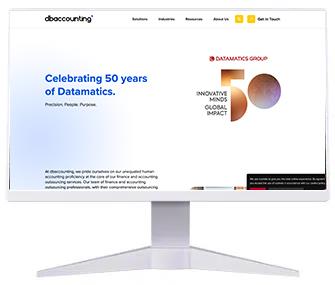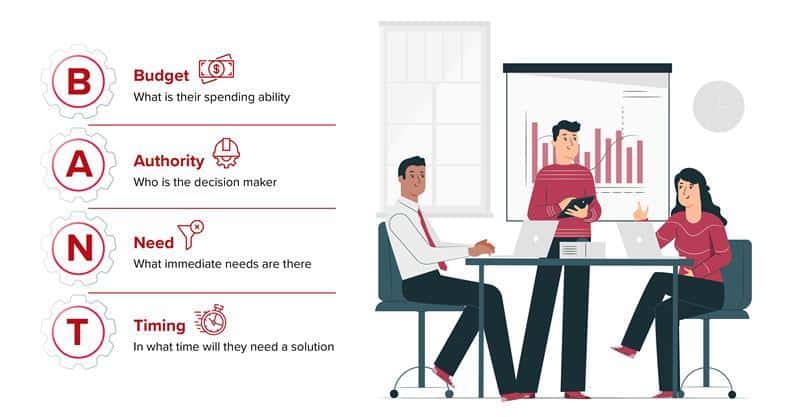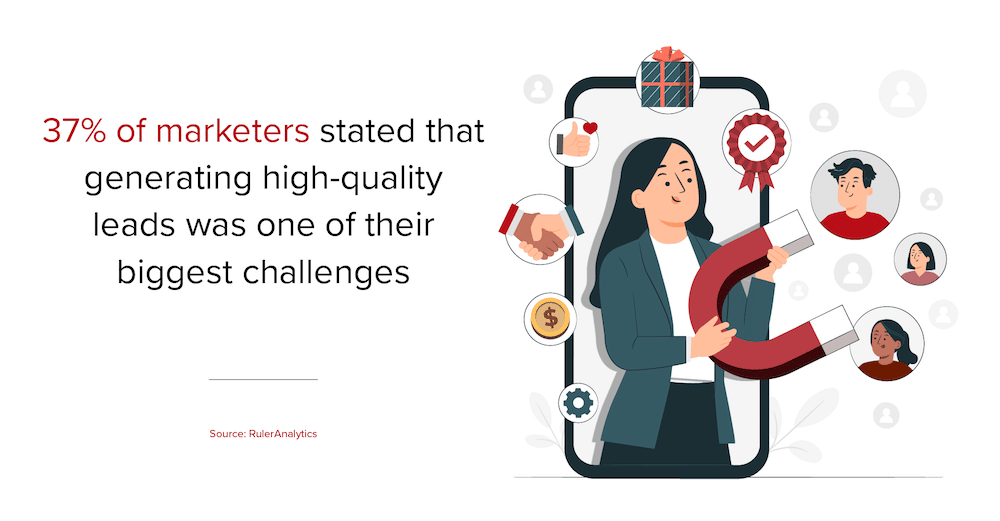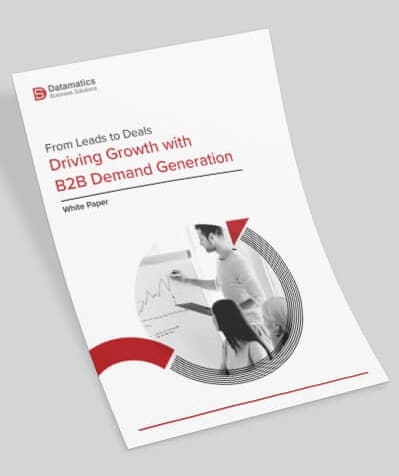Nobody enjoys wasting their time. So, before we do anything, whether it’s watching a movie or going to the gym, we ask ourselves, “Is it worth it?”
When it comes to selecting a movie, you read reviews beforehand to reduce the chances of wasting a few hours watching a dud. And for something that will pay off more, like going to the gym, you might spend money on a personal trainer and put in more effort to ensure that you reach your goal.
The same is true of sales. The process of determining whether a lead, also known as your potential customer, is worth the effort, time, and money is known as lead qualification. A great way to solve this is with BANT.
The BANT framework is a go-to sales and lead generation process for many successful sales folks and businesses. It is based on four key factors: budget, authority, need, and timeline, and is a useful tool for sales professionals to use when determining whether a prospect is a good fit for their product or service. It is a method of sales qualification that aids sales reps in pursuing prospects with the greatest chance of a conversion.
This qualification procedure provides an easy framework for categorizing prospects identified using B2B lead generation strategies. When combined with an ICP (Ideal Customer Profile), the BANT framework aids in predictive analysis and forecasting.
In this blog post, we’ll define BANT sales framework, explain why it works, and how to generate BANT-qualified leads.
What is BANT?
The acronym BANT stands for:
Budget: How much is the potential customer willing to spend?
Authority: Who makes the final decision?
Need: Whether the potential customer has a problem that your company can solve?
Timing: Whether there is a rush to buy your product or service?
The BANT framework is a prospect qualification tool that sales folks can leverage. It is a great tool for outlining the requirements and resources needed to close a deal. By breaking the process down into these four steps, sales teams can quickly determine whether a customer is a viable prospect.
In layman’s terms, BANT is a tried-and-tested technique of deciding whether a lead is worth chasing.
Asking questions about Budget, Authority, Need, and Timing can help you easily generate BANT-qualified leads. You can probably tell if a prospect is a good fit for your good or service if you can determine that they satisfy all the requirements in the BANT framework.
Why Use BANT?
You can pick from dozens, if not hundreds, of different sales methodologies. While many are effective, they are also highly tailored to the organizations they serve, which is helpful if your company uses a unique lead-scoring system. However, at many fast-growing SaaS companies, the hiring process can’t keep up with sales growth. BANT is a great place to begin with.
How to Generate BANT Qualified Leads:
1. Determine Your Prospect's Budget Beyond the Dollar Amount.
Budget is the first BANT requisite. The first step in qualifying your prospects is determining their financial capacity. It also helps in project scoping and managing expectations early on. However, talking about prices can be challenging. Prospects may become intimidated if you ask them about their budget upfront because it comes across as pushy.
Having said that, your chances of closing a deal significantly decrease the longer you wait to talk about pricing. So, it’s safe to say, timing is crucial. You don’t want to push your prospects away at the beginning of a sales call by asking them about their budget before you’ve had a chance to establish a rapport. When your prospect understands the value of your offer and you’ve established a rapport with them, you can start posing budget questions like these:
- What kind of budget can we expect from you?
- How much do you currently invest in this problem?
- Have you tried other solutions? If yes, how much did they cost?
- What kind of ROI are you expecting to see?
These questions help you determine how serious your prospect is about purchasing and whether they have the financial means to do so.
2. Identify Stakeholders in the Decision-Making Process
Most decisions are now made by groups rather than individuals. Every deal involves an average of three stakeholder groups. Even if only one person oversees signing the contract, you’ll need to persuade the majority of their team. Create a list of everyone involved in the process, including their job titles, authority in the decision-making process, and methods for contacting them (asking your expert to set up a meeting, reaching out to them directly. etc.) The more contacts you have, the more power you’ll possess, and the less likely it is that this opportunity will pass you by.
3. Determine the Importance of the Problem
Next, determine how crucial this issue is to the prospect. While you’re asking your prospect the questions consider the following:
- Are they very motivated to find a solution?
- If they don’t, what will happen?
- Do they have a more important project on their mind that will compete for their time, effort, and decision-making resources?
Even if a prospect truly believes they have a need, the team’s or executive leadership’s priorities may be different. This will unavoidably result in snags in the future sales process. As soon as you can, try to determine what your prospects, team, and leaders need.
4. Establish a Timeline for the Sales Process
You are aware of the budget, the decision-makers, and the demand for your solution. It’s now time to find out how soon their company needs to make a decision. You can plan your pipeline and get ready for the close by determining whether you’re looking at months of red tape and approvals or a straightforward one-pitch-and-close type of deal.
5. Stay Informed Through Multiple Channels
You can find new needs that your product can meet by keeping an eye on the deals you have in the works (outside of the times you meet with them). Additionally, you might find new stakeholders who you’ll talk to later on in the sales process. Informal communication can help you to generate BANT-qualified leads based on the data you collect yourself. You can use this information to get a complete picture of the prospects and decide whether they’ll be a good fit for your product.
6. Use Digital Tools to Track Your Progress
As you integrate BANT into your sales process, it will be useful to use digital tools that monitor your pipeline and manage relationships. You’ll be able to tell exactly where you left off with each prospect as you balance several at once and how far they still must go before the deal is closed.
Ready for some BANTer?
In a nutshell, BANT entails evaluating prospects according to four factors: Budget, Authority, Need, and Timeline. Of course, your work isn’t done once a prospect has been qualified. If you want to close more deals, you’ll need a way to manage your pipeline and to do that, you’ll need the right tools and defined lead generation and nurturing strategies.
You can read this case study to explore how you can accelerate customer acquisition with BANT-qualified leads. Feel free to reach out to us at marketing@datamaticsbpm.com to increase your audience reach and target customers with high buying propensity
Frequently Asked Questions
Budget, Authority, Need, and Timing are all abbreviated as BANT. This tactic is more traditional than cutting-edge because IBM invented and first employed it. These four areas were identified as the top leads for businesses to pursue after extensive research.
A qualified lead is a potential customer who has been identified by the marketing department, assessed by the sales department, and who meets the criteria for an ideal client with the intention to purchase. To create a healthy sales pipeline, leads must be qualified properly.
A marketing qualified lead (MQL) is a person who is interested in your products or services. An SQL is a sales qualified lead, or someone who is interested in buying. Because the intent of a MQL and a SQL differs, each type of lead requires a different approach in terms of outreach, advertising, and other brand messaging.

Paul van de Kamp





